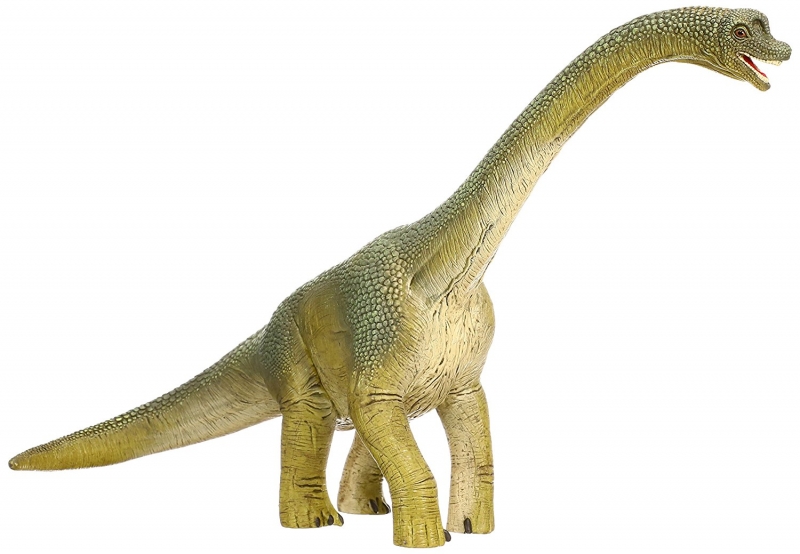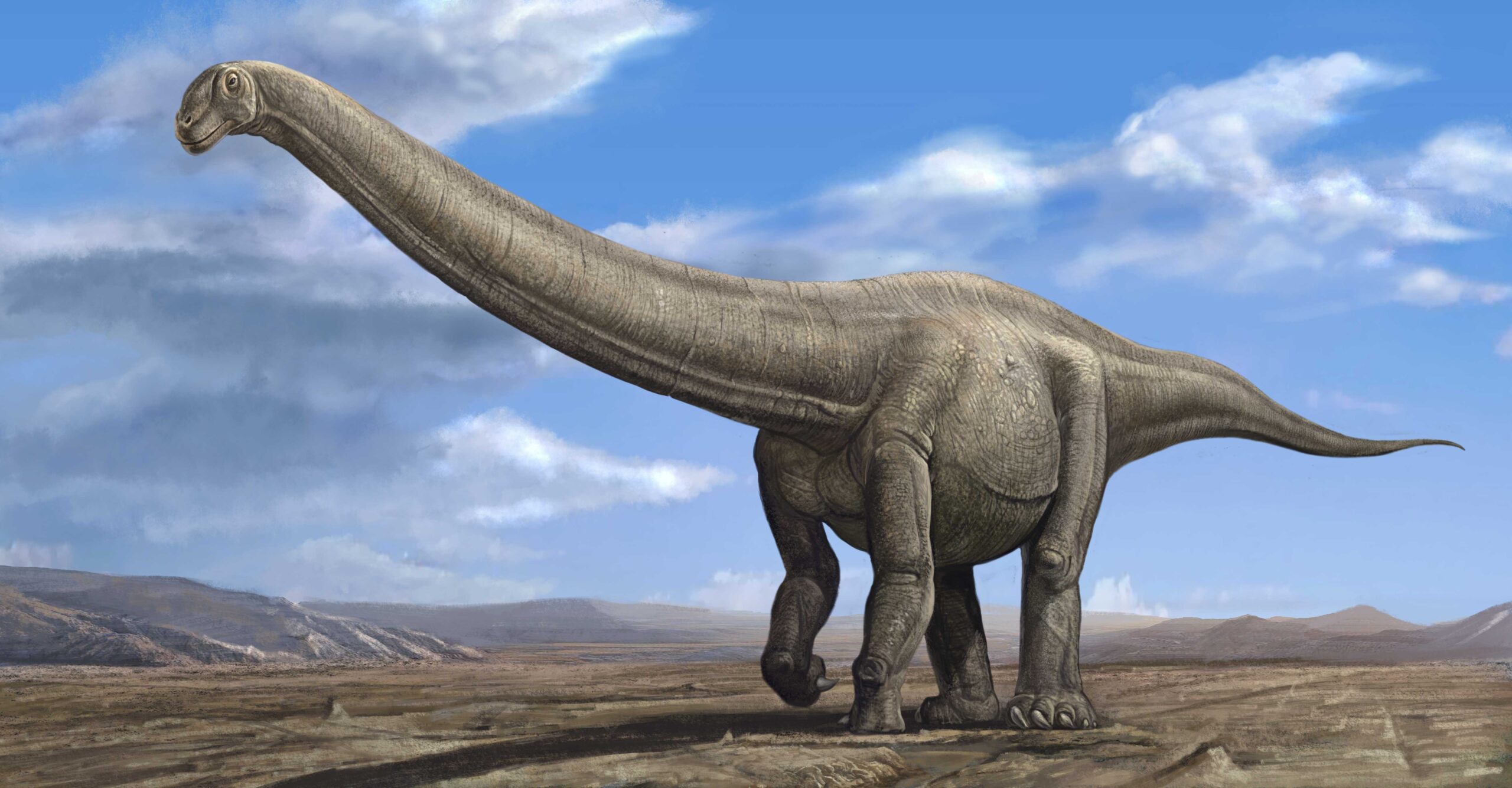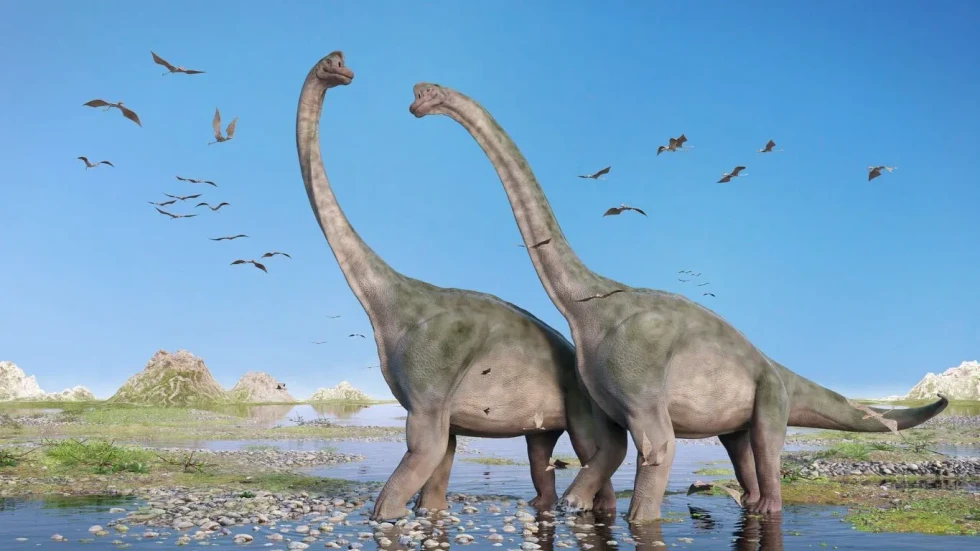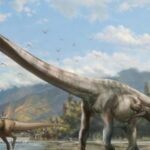Long-necked dinosaurs, or sauropods, are among the most fascinating and iconic creatures to have ever roamed the Earth. Known for their towering stature and necks that could stretch over 30 feet, these giants have captured the imagination of scientists and dinosaur enthusiasts alike. But beyond their remarkable physical features, an essential question remains: What were the habitats of long-necked dinosaurs like?
The Era of Long-Necked Dinosaurs
Long-necked dinosaurs first appeared during the late Triassic period, about 220 million years ago, and continued to dominate the planet until the end of the Cretaceous period, around 66 million years ago. These dinosaurs flourished in a wide range of environments, from lush forests to more arid regions, across continents that, during the Mesozoic era, were arranged quite differently than they are today.
Vegetation: A Bountiful Feast
One of the defining features of sauropods was their herbivorous diet, which they sustained through a varied selection of plants. Since sauropods were primarily plant-eaters, the presence of lush vegetation was crucial to their survival. Their long necks allowed them to access a wide range of vegetation that other herbivores could not reach, including the tops of tall trees, conifers, and cycads.
In the Jurassic and Cretaceous periods, the climate was warm and humid, fostering dense forests and vast fern meadows. These ecosystems, teeming with conifers, cycads, and early angiosperms (flowering plants), provided an abundant food source for these giant creatures. Some species, like Brachiosaurus, thrived in environments with tall, abundant trees, feeding on vegetation found high above the ground. Others, such as Apatosaurus, fed on ground-level plants, thriving in forests, plains, and riverbanks.
Climate and Geography
The climate of the Mesozoic era varied greatly, but overall it was much warmer than today, with higher carbon dioxide levels, which contributed to the flourishing of plant life. There were no polar ice caps, and the planet’s average temperature was significantly higher. These warm conditions created environments that supported dense vegetation, which was essential for sustaining large herbivores like sauropods.
Geographically, during the time of the long-necked dinosaurs, the continents were arranged differently due to plate tectonics. Pangaea, the supercontinent that existed at the start of the Jurassic period, gradually split apart, giving rise to distinct landmasses. As the continents drifted, different sauropod species adapted to diverse ecosystems. For example, in North America, vast floodplains and river valleys provided ample food sources, while in South America, dry, arid landscapes with sporadic rainfall were home to species like Apatosaurus and Brachiosaurus.
Sauropods in Diverse Habitats

Long-necked dinosaurs were not restricted to any one environment; their distribution spanned across varied habitats. Let’s explore some of the key habitats where they thrived:
- Coastal Regions and River Valleys Many sauropods, like the famous Brachiosaurus, lived in floodplain areas near rivers, lakes, and coastal regions. These environments offered lush vegetation along riverbanks, where these giants could forage for ferns, conifers, and other plant matter. Additionally, river valleys provided ample water, which was essential for the survival of these enormous animals.
- Forests and Woodlands Dense forests were also a common habitat for long-necked dinosaurs. Large trees with abundant leaves were an ideal food source. These forests could be dominated by giant ferns or early conifers, which provided a continuous food supply for herbivorous sauropods. In forested regions, these dinosaurs used their long necks to reach the upper canopy, feeding on the leaves and branches that others couldn’t reach.
- Floodplains and Swamps Wetlands and floodplains also served as prime habitats. These environments were rich in both plant life and water, and the flat, low-lying regions provided sauropods with easy access to water and abundant plant material. The swampy areas, although not ideal for all dinosaurs, allowed species like Titanosaurus to thrive in the lush, waterlogged conditions.
- Plains and Open Land Some long-necked dinosaurs, particularly those in the later periods of the Mesozoic, were found in more open, semi-arid plains. These regions offered abundant low-lying plants, such as grasses and shrubs. Although these areas had less tree cover, the sheer volume of plant matter on the ground allowed sauropods to graze and feed in large herds. The vast plains provided plenty of space for these giant creatures to roam freely.
Adaptations to Habitat
Sauropods evolved numerous adaptations to help them thrive in their environments. Their long necks, in particular, were a key adaptation that allowed them to reach food high in the trees or graze on ground-level vegetation in areas with limited access to resources. Some species, such as Brachiosaurus, had their necks positioned in such a way that they could browse tall trees, while others, like Apatosaurus, had necks that were better suited for grazing on low-lying vegetation.
In terms of physical features, many long-necked dinosaurs were also equipped with large, barrel-shaped bodies that supported their massive size. Their strong legs were adapted to support their weight and allowed them to move across various terrains, from marshy floodplains to dry plains. Some sauropods had adaptations like thick skin or scaly armor, which may have helped protect them from predators and the harsh climates of certain regions.

Conclusion
The habitats of long-necked dinosaurs were diverse and dynamic, ranging from lush forests and river valleys to dry plains and coastal areas. These environments provided ample food sources and favorable conditions for these giant herbivores to thrive. With their long necks and massive bodies, sauropods were uniquely adapted to their environments, allowing them to occupy ecological niches that no other animals could.
Understanding the habitats of long-necked dinosaurs helps us appreciate the remarkable adaptability of these creatures and their ability to dominate Earth’s landscapes for over 150 million years. From towering trees to vast floodplains, the world of the sauropods was rich with life, offering them the resources they needed to become some of the most successful and awe-inspiring animals to have ever lived on our planet.



